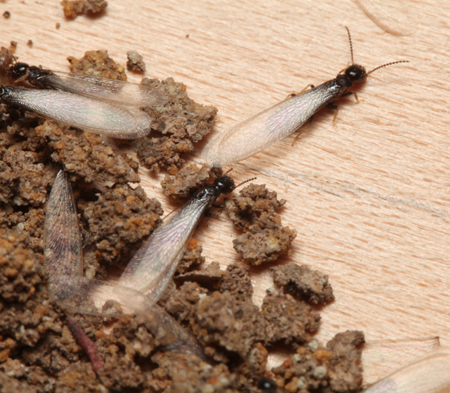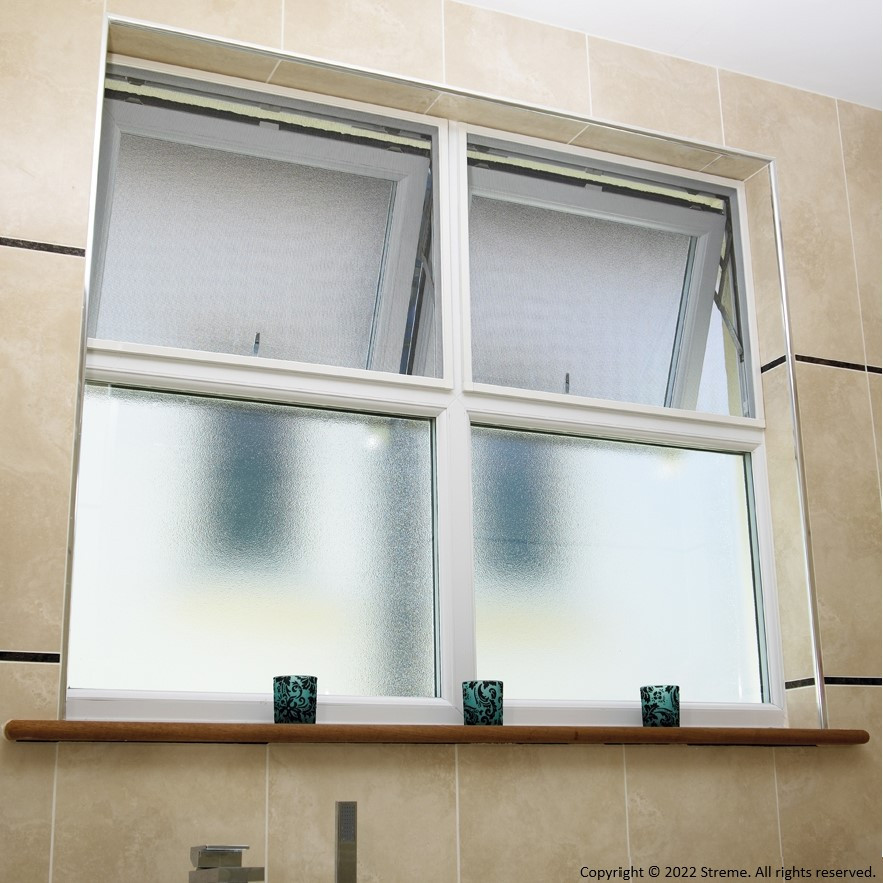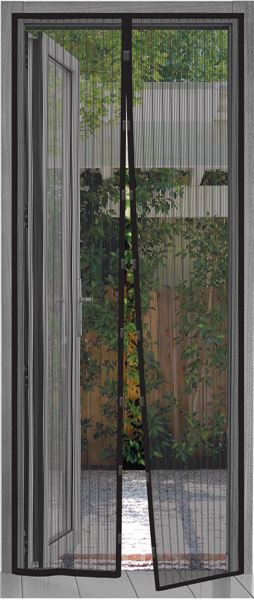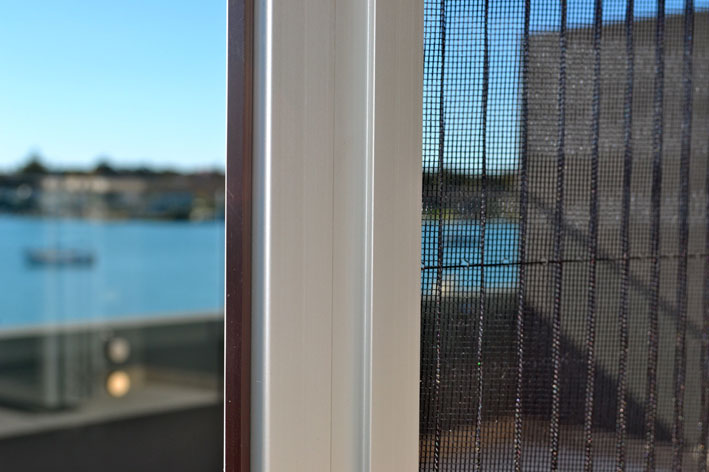
Imagine a home where you can enjoy fresh air without the constant annoyance of buzzing insects. That’s the promise of insect mesh screens. These ingenious barriers are designed to keep unwanted critters out while allowing air to circulate freely. Whether you’re looking to protect your windows, doors, or outdoor spaces, understanding the ins and outs of insect mesh screens is essential.
Why Choose Insect Mesh Screens?
The benefits of installing insect mesh screens are numerous. Here’s why they’re a must-have for any home:
- Protection from Insects: Primarily, they offer a barrier against mosquitoes, flies, spiders, and other pests.
- Improved Ventilation: They allow fresh air to flow through your home, reducing the need for air conditioning and improving indoor air quality.
- Natural Light: Unlike solid barriers, mesh screens allow natural light to enter your home, creating a bright and airy atmosphere.
- Enhanced Comfort: Enjoy your indoor and outdoor spaces without the constant annoyance of insects.
- Increased Property Value: Installing quality mesh screens can add value to your home by enhancing its comfort and functionality.
Types of Insect Mesh Screens
There’s a wide variety of insect mesh screens available, each designed for specific applications and needs:
Window Screens
These are the most common type of mesh screens, designed to fit snugly into window frames. They come in various materials, including:
- Fiberglass: Affordable and durable, fiberglass screens are a popular choice for their versatility.
- Aluminum: Stronger and more durable than fiberglass, aluminum screens are ideal for high-traffic areas.
- Stainless Steel: The most durable option, stainless steel screens offer superior protection and longevity.
- Pet Screens: Reinforced screens designed to withstand the wear and tear of pets.
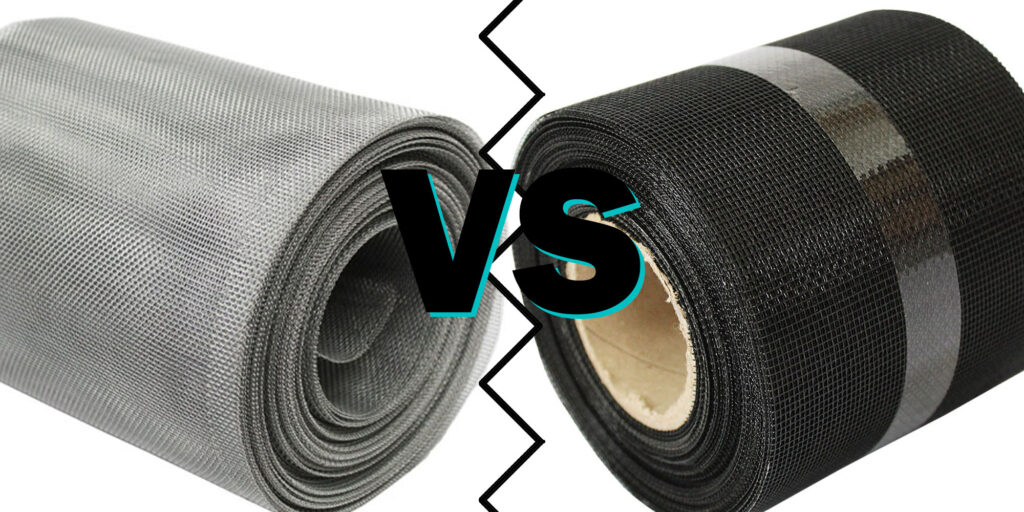
Door Screens
Door screens provide protection for entryways, allowing you to keep your doors open for ventilation without letting insects in. Options include:
- Sliding Screens: Perfect for sliding glass doors, these screens glide along a track for easy access.
- Retractable Screens: These screens can be pulled out when needed and retracted when not in use, offering flexibility and convenience.
- Hinged Screens: Traditional door screens that swing open and closed, providing a simple and effective barrier.
Outdoor Screens
For patios, porches, and other outdoor spaces, outdoor screens create a comfortable and bug-free environment. Options include:
- Screen Rooms: Enclosed spaces with mesh screens, providing a fully protected outdoor area.
- Porch Screens: Custom-fitted screens for existing porches, enhancing their usability and comfort.
- Gazebo Screens: Screens designed to fit gazebos, creating a bug-free outdoor retreat.
Choosing the Right Material

The material of your insect mesh screen plays a crucial role in its durability, effectiveness, and appearance. Here’s a closer look at the common materials:
Fiberglass
Fiberglass mesh screens are affordable, easy to install, and resistant to corrosion. They’re a great all-around option for most homes. However, they’re not as strong as metal screens and may tear more easily.
Aluminum
Aluminum mesh screens are stronger and more durable than fiberglass, making them ideal for high-traffic areas and homes with pets. They’re also resistant to rust and corrosion, ensuring long-lasting performance.
Stainless Steel
For the ultimate in durability and protection, stainless steel mesh screens are the top choice. They’re incredibly strong, resistant to damage, and offer superior longevity. They’re also effective at keeping out even the smallest insects.
Pet Screens
Pet screens are reinforced with a stronger weave and thicker fibers to withstand the claws and teeth of pets. They’re a must-have for pet owners looking to protect their screens from damage.
Installation and Maintenance
Proper installation and maintenance are essential for ensuring the longevity and effectiveness of your insect mesh screens.
Installation

Installing window and door screens is a relatively straightforward process. Here are some key steps:
- Measure Carefully: Accurately measure your window or door frame to ensure a proper fit.
- Choose the Right Screen: Select the appropriate type and material of screen for your needs.
- Install the Frame: Secure the screen frame to the window or door opening.
- Attach the Mesh: Stretch the mesh tightly over the frame and secure it with spline or other fasteners.
- Trim Excess Mesh: Trim any excess mesh for a clean and finished look.
Maintenance
Regular maintenance can extend the lifespan of your insect mesh screens and keep them looking their best. Here are some tips:
- Clean Regularly: Use a soft brush or cloth to remove dust, dirt, and debris from the mesh.
- Inspect for Damage: Check for tears, holes, or loose fasteners and repair them promptly.
- Replace Damaged Screens: If a screen is severely damaged, replace it to maintain its effectiveness.
Conclusion
Insect mesh screens are an essential addition to any home, providing protection from insects, improved ventilation, and enhanced comfort. By choosing the right type and material of screen and following proper installation and maintenance practices, you can enjoy a bug-free living space for years to come. Invest in quality mesh screens and experience the difference they can make in your home.
